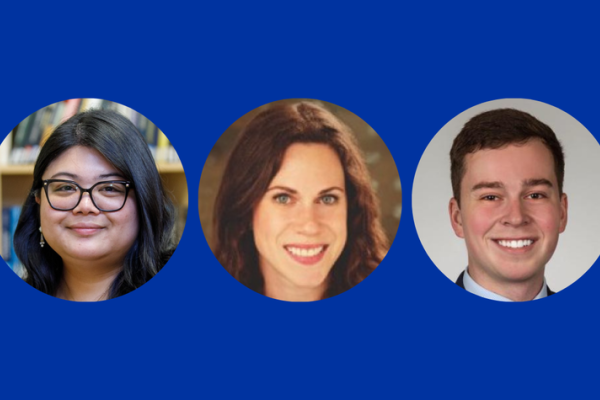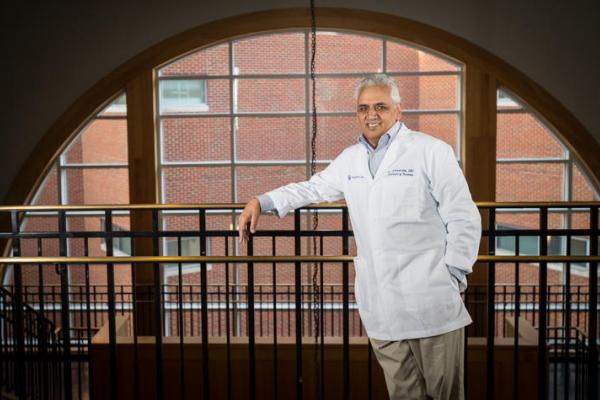'Behind the Blue': April Young Works With Eastern Kentucky Communities to Find Answers to Opioid Epidemic
University of Kentucky researcher April Young and her team have spent the last two years in Eastern Kentucky communities, working to assess and gather information on substance use in those areas for a project known as Kentucky Communities and Researchers Engaging to Halt the Opioid Epidemic, or CARE2HOPE.
Now with an additional $4.2 million from the National Institute on Drug Abuse (NIDA) to continue their work, Young and her collaborators will take what they’ve learned in the field and focus the next three years on developing comprehensive approaches to prevent and treat consequences of opioid injection. The new grant brings CARE2HOPE’s total funding to over $5.5 million.
Young, an associate professor of epidemiology in the UK College of Public Health and faculty member of UK’s Center on Drug and Alcohol Research and Center for Health Equity Transformation, grew up in rural Georgia and understands the struggles smaller communities can face in addressing health crises.
On this episode of "Behind the Blue," Young talks with UK Public Relations and Strategic Communications' Allison Perry about working with a community-based staff, the creative tactics used to build connections and trust, and the complicated layers of challenges these communities face, from unstable housing, food insecurity and more, that require what she terms “wraparound care.”
"Behind the Blue" is available on iTunes, Google Play, Stitcher and Spotify. Become a subscriber to receive new episodes of “Behind the Blue” each week. UK’s latest medical breakthroughs, research, artists and writers will be featured, along with the most important news impacting the university.
For questions or comments about this or any other episode of "Behind the Blue," email BehindTheBlue@uky.edu or tweet your question with #BehindTheBlue.
More from this series Research Priorities - Substance Use Disorder
Credits
Allison Perry and Kody Kiser (Public Relations & Strategic Communications)


